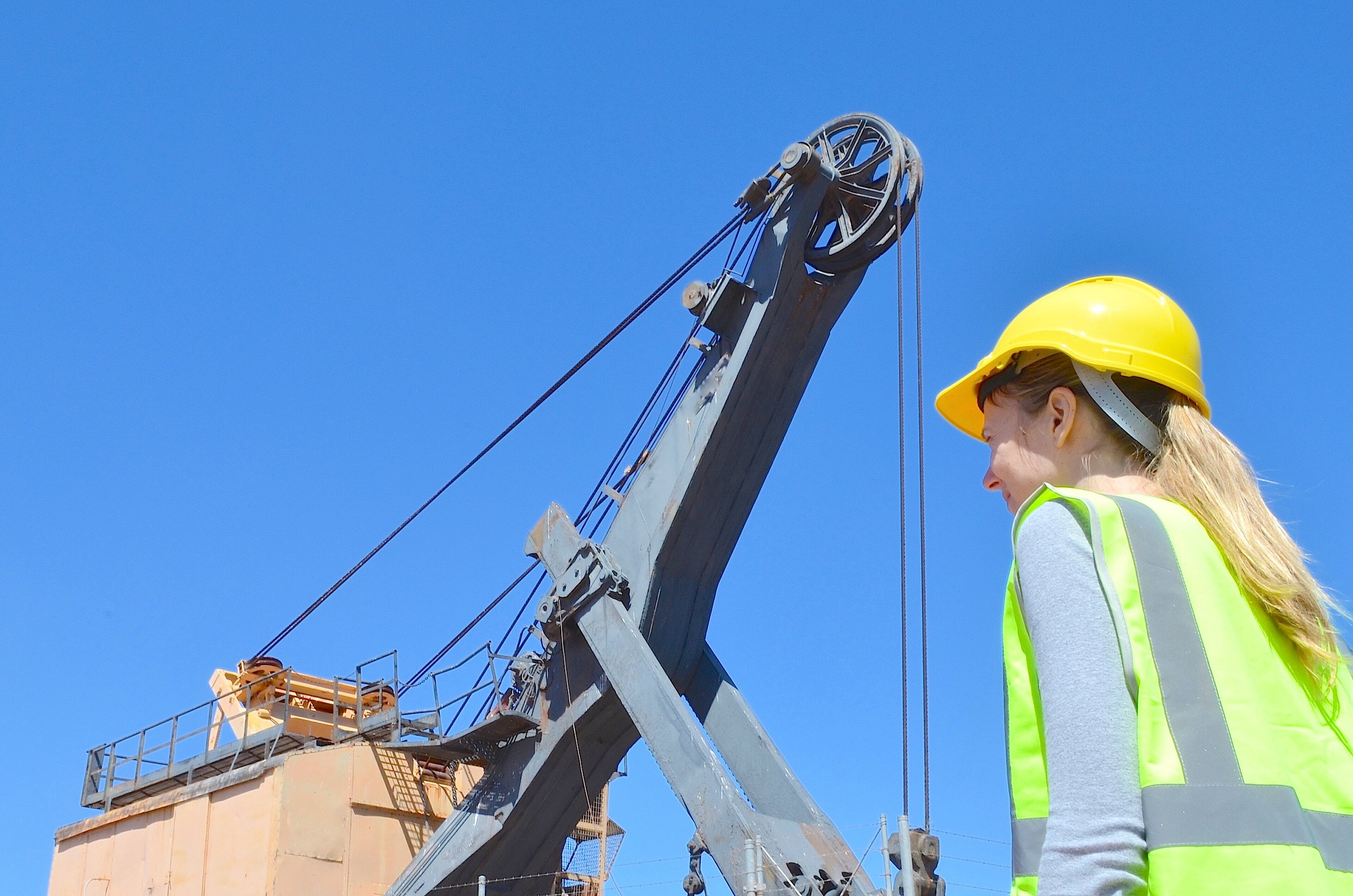A little bit of diversity can be a wonderful thing when a company sells its product to cyclical businesses, and U.S. Silica Holdings (SLCA +0.00%) was a glowing example of that when it reported its earnings on Tuesday after the market close. While so many of its peers struggle selling sand to just the oil and gas industry, U.S. Silica was able to get a little bit of relief from its industrial and specialty products segment. It was by no means a great quarter, but all things considered, the company was able to eke out a small profit in the middle of a major industry downturn.
U.S. Silica's Results: By the numbers
U.S. Silica's third-quarter sales declined 36% year over year, to come in at $155.4 million. Almost all of that decline in sales came from the oil and gas proppants segment, which saw declines in both total volume of sand shipped and lower realized prices.

Source: U.S. Silica earnings report, author's chart.
Diluted earnings per share came in at $0.04, but that was actually a result of a tax benefit of $0.09 per share. Excluding that tax benefit and some restructuring costs, earnings per share from continuing operations was a loss of ($0.03).
U.S. Silica ended the quarter with $299 million in cash and cash equivalents, and total debt outstanding of $492 million. Capital expenditures have come to a screeching halt, and totaled just $11 million for the quarter, as the company looks to preserve cash.
What happened this quarter
- U.S. Silica's industrial and specialty products segment was able to produce contribution margins -- a metric similar to segmented gross margins -- that were the best the company has seen in 115 years. Management noted an uptick in demand from building materials and automotive as a driving force behind the strong industrial performance.
- Total sand used per well increased 26% year over year as oil and gas producers have found that higher sand content improves well economics. However, the decline in total completed wells has led to the overall decline in demand for the oil and gas proppant segment.
- The company began sales of its new resin-coated sand product. Its InnoProp® Python resin coated sand is designed to improve well economics, especially for deep wells where pressures reach as high as 10,000 psi.
- Even though frack sand competitors Hi Crush Partners (HCLP +0.00%) and Emerge Energy Services (NYSE: EMES) recently suspended their dividends indefinitely in response to the weak oil and gas environment, U.S. Silica kept its quarterly dividend of $0.13 per share intact for the time being.
- The company loaded its largest unit train from its Ottowa, Illinois plant to the Permain Basin. Larger-length unit trains could potentially help the company reduce costs.
- Due to uncertainty in the market, management has suspended any EBITDA or sales guidance, but estimates that total capital expenditures for 2015 will land in the $50-$55 million range.
What management had to say
As you can imagine, there weren't a whole lot of great things to say about the quarter. CEO Bryan Shinn noted that the company was purposely selling higher amounts to oil and gas customers in order to gain market share over competitors such as Hi Crush and Emerge. He also noted that the combined effect of selling to the oil and gas industry, as well as industrial clients, has helped the company manage the downturn better than its peers.
Looking Forward
Investors in U.S. Silica should keep a close eye on the company's cash position in the coming quarters. As long as demand from the oil and gas industry remains weak, the company will need to rely on its cash pile to cover any shortfalls in the coming quarters. If U.S. Silica can manage to keep its business going through the downturn while its competitors flounder, it should be well positioned to benefit from the eventual rebound in oil and gas drilling activity.




